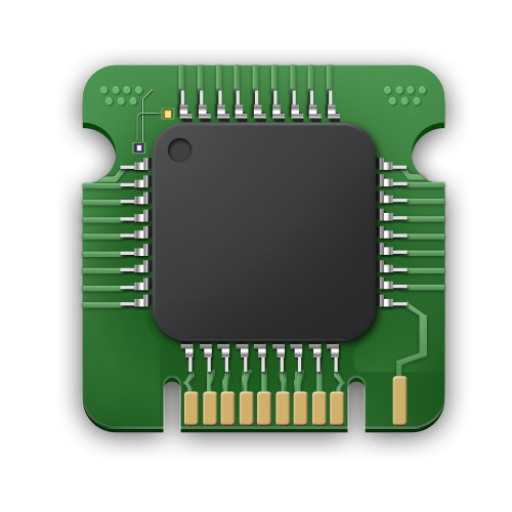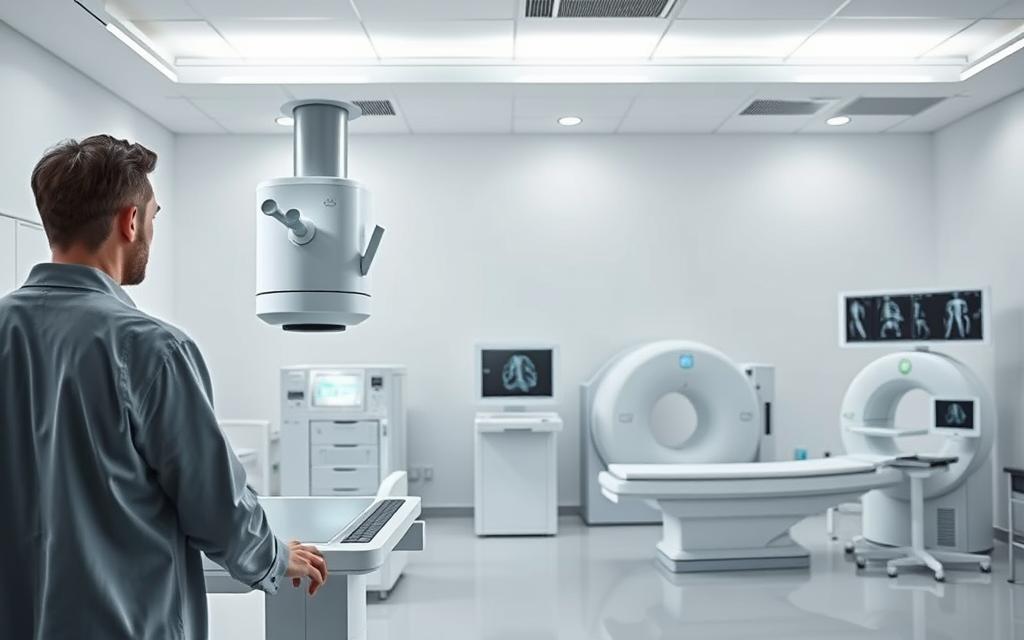Radiologic Technology is a vital healthcare field that utilizes various imaging techniques to diagnose and treat diseases.
This medical discipline encompasses multiple imaging modalities, including X-rays, computed tomography (CT), and magnetic resonance imaging (MRI), allowing healthcare providers to visualize the body’s internal structures without invasive procedures.
The field requires skilled professionals, known as technologists, who operate sophisticated equipment while maintaining patient safety through proper radiation protection protocols.
By working alongside physicians, radiologic technologists contribute to accurate diagnosis and effective treatment plans, playing a crucial role in modern healthcare.
What is Radiologic Technology?
Radiologic technology is a vital component of modern healthcare, enabling medical professionals to diagnose and treat various medical conditions. It involves the use of medical imaging technologies to produce diagnostic images that help healthcare professionals provide quality care.
Definition and Core Concepts
Radiologic technology encompasses a range of modalities, including X-ray, computed tomography (CT), and magnetic resonance imaging (MRI). Radiologic technologists are trained professionals who operate these medical imaging technologies to produce high-quality diagnostic images.
Historical Development
The field of radiologic technology has undergone significant advancements since Wilhelm Röntgen’s discovery of X-rays in 1895. As knowledge about radiation and its effects grew, safety protocols and educational standards evolved. The development of new imaging modalities has expanded diagnostic capabilities, enabling healthcare professionals to diagnose and treat a range of medical conditions more effectively.
As stated by the American Registry of Radiologic Technologists (ARRT), “The profession continues to evolve with digital imaging, 3D reconstruction techniques, and integration with other medical technologies, requiring professionals to continuously update their knowledge and skills.”
The Role of Radiologic Technologists in Healthcare
Radiologic technologists are key players in the diagnostic process, operating complex machinery to capture images that help doctors diagnose and treat medical conditions.
Key Responsibilities and Daily Tasks
Radiologic technologists are responsible for preparing patients for imaging procedures, explaining the process, and positioning them correctly for the best image quality. They operate imaging equipment, such as X-ray machines and CT scanners, to produce high-quality images. Daily tasks include maintaining patient records, ensuring safety protocols are followed, and collaborating with radiologists to ensure that images meet diagnostic requirements.

Difference Between Radiologists and Radiologic Technologists
The primary distinction between radiologists and radiologic technologists lies in their roles and education. Radiologists are medical doctors who specialize in radiology, interpreting images to diagnose conditions, while radiologic technologists, also known as radiographers, operate the equipment to produce these images. Radiologic technologists typically require an associate’s or bachelor’s degree in radiologic technology, whereas radiologists undergo extensive medical training, including four years of medical school and several years of residency.
In hospitals and healthcare facilities, both professionals work together, with radiologic technologists preparing patients and acquiring images that radiologists then analyze to make medical determinations.
Specializations and Applications in Radiologic Technology
Specializations within radiologic technology are vital for delivering high-quality patient care in today’s healthcare landscape. These specializations enable healthcare professionals to provide accurate diagnoses and effective treatments.
X-Ray and General Radiography
X-ray and general radiography involve the use of X-ray technology to produce images of the body’s internal structures. This specialization is fundamental to diagnostic imaging, allowing for the visualization of bones, lungs, and other internal organs.
Computed Tomography (CT)
Computed Tomography (CT) scans use X-rays to create detailed cross-sectional images of the body. CT scans are particularly useful for diagnosing conditions such as cancer and vascular diseases.
Magnetic Resonance Imaging (MRI)
Magnetic Resonance Imaging (MRI) employs powerful magnets and radio waves to generate images of the body’s internal structures. MRI is especially useful for soft tissue imaging and is often used to diagnose conditions affecting the brain, spine, and joints.
Mammography
Mammography is a specialized form of X-ray imaging used primarily for breast cancer screening. It plays a crucial role in early detection and diagnosis of breast cancer.
Radiation Therapy
Radiation therapy involves the use of high-energy particles or waves to destroy or damage cancer cells. It is a critical component of radiation oncology, requiring precise planning and delivery to ensure effective treatment while minimizing side effects. For those interested in pursuing a career in this field, programs like the one at Fanshawe College provide comprehensive education and training.
| Specialization | Description | Key Applications |
|---|---|---|
| X-Ray and General Radiography | Use of X-rays for diagnostic imaging | Bone fractures, lung conditions |
| Computed Tomography (CT) | Detailed cross-sectional imaging using X-rays | Cancer, vascular diseases |
| Magnetic Resonance Imaging (MRI) | Soft tissue imaging using magnets and radio waves | Brain, spine, and joint conditions |
Conclusion: The Future of Radiologic Technology
As medical imaging technology advances, the role of radiologic technologists becomes increasingly vital. The field is experiencing significant growth due to an aging population and the expanding applications of imaging in disease management.
Career opportunities in radiologic technology remain strong, with diverse employment prospects across various healthcare settings. Continuing education is crucial for technologists to adapt to new technologies and techniques, ensuring they remain at the forefront of patient care and diagnostic imaging.







